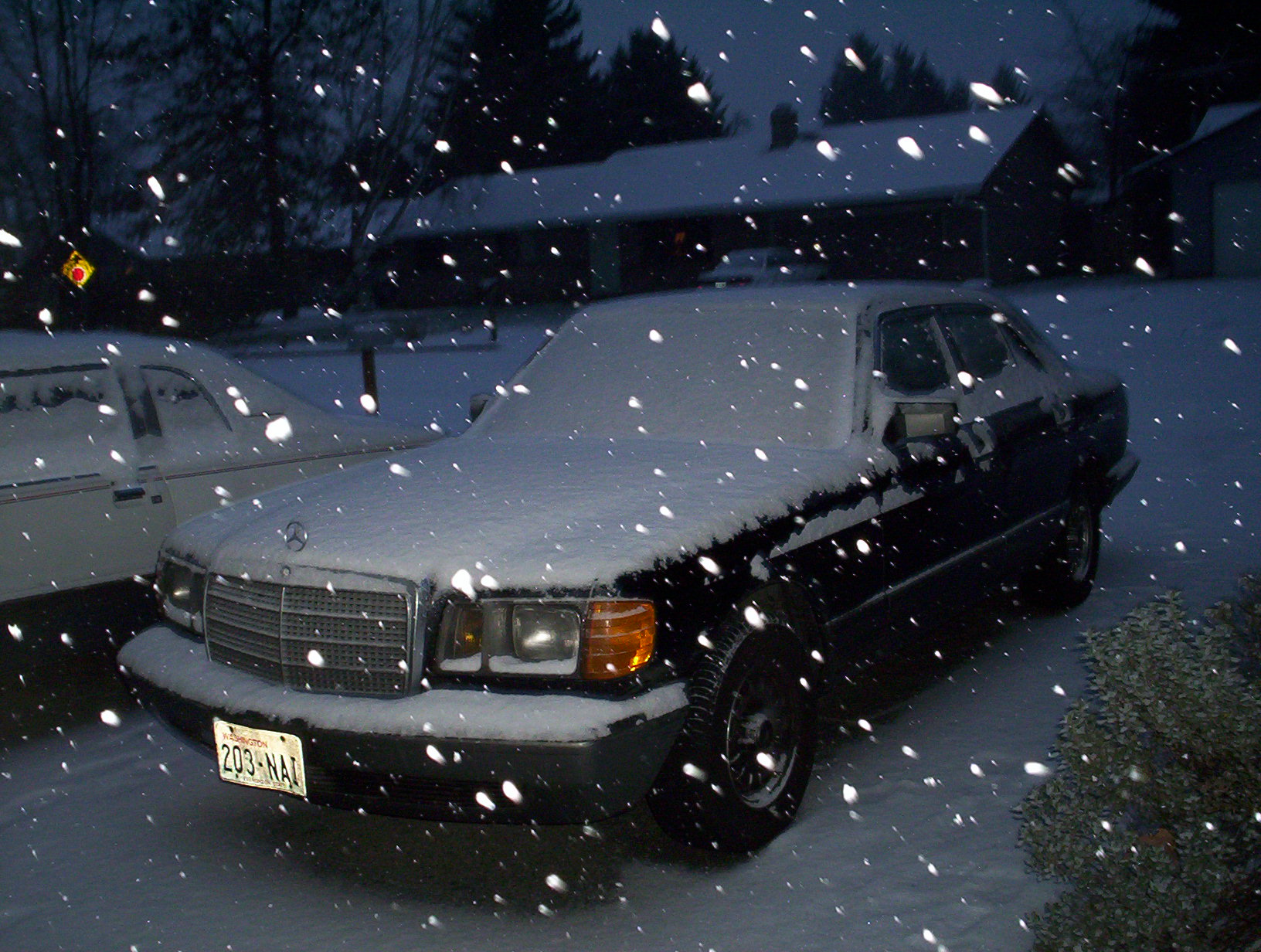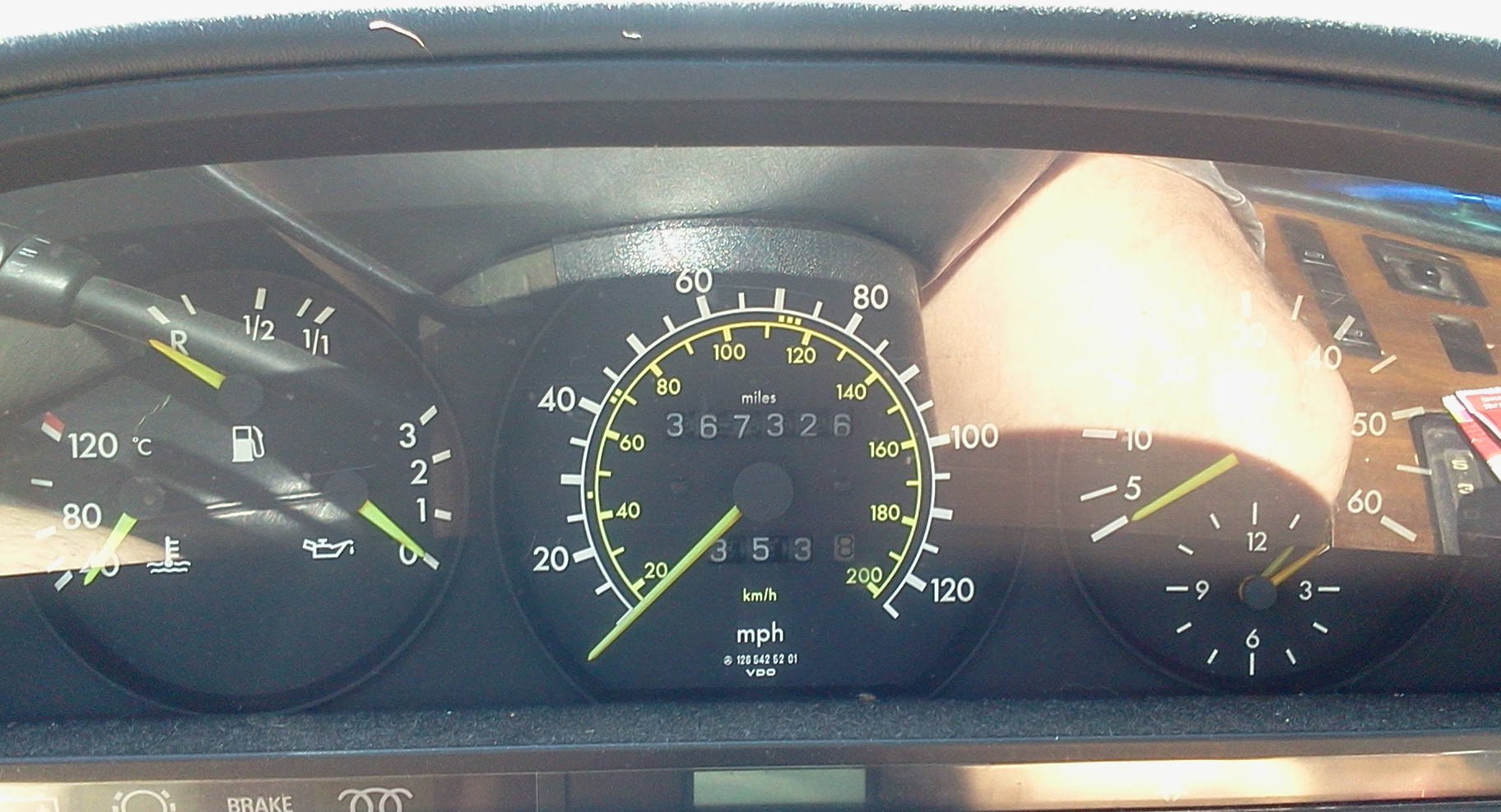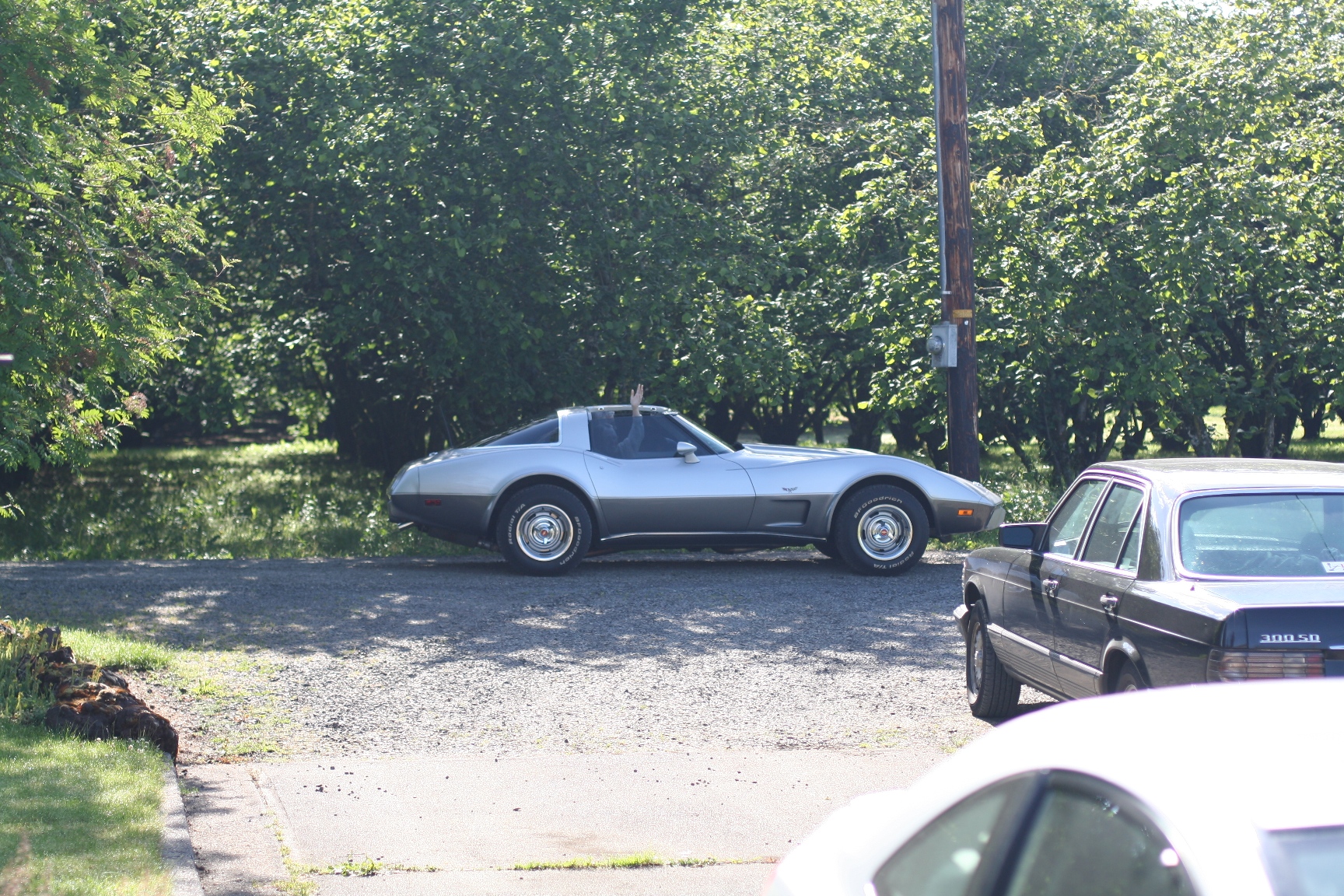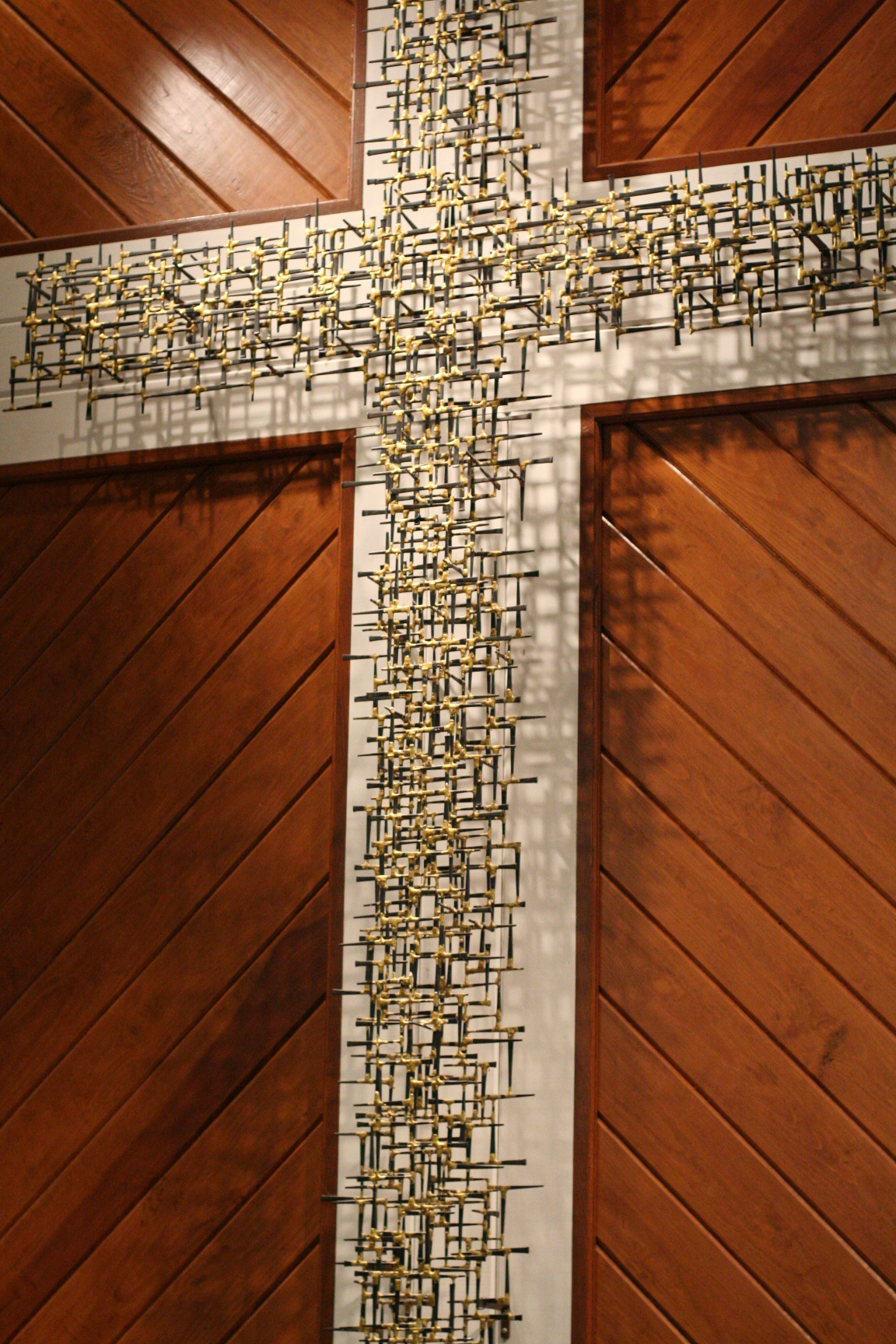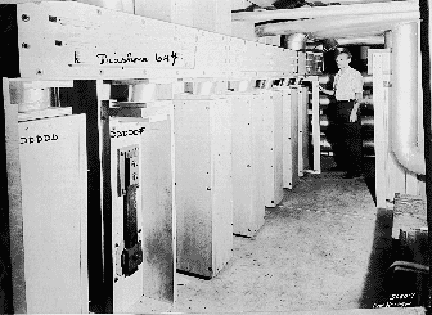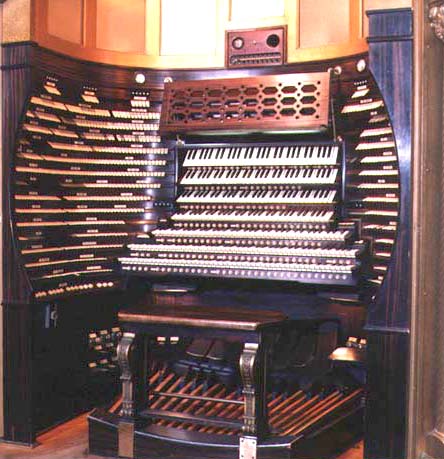Thirteen months ago I was taking one of those once-in-a-lifetime trips. It was nothing fancy, nothing overseas, nothing out of the country. It was the trip to my brother’s wedding in North Carolina. The first week was all the normal wedding things, being with family, the wedding itself, and seeing the newlyweds off. But while everyone else from the Grohn side of things flew home, I drove my brother’s ’78 Corvette back to Oregon. It was a storage situation, and having no garage where he would live with his wife, it seemed the best thing was to store it in Oregon for the time being.
A properly working Corvette is fun to drive. And this one was properly working. Sure, it dripped coolant and power steering fluid the whole way. Sure, the cruise control was completely disconnected. Sure, air conditioning was not working. In June. But Austin had gone over this machine, and with a new 350, I was out to cover more than 3000 miles in one week. I stopped along the way to take some pictures at landmarks and monuments, and since I was alone, the car was my proxy.
[slideshow_deploy id=’470′]
This car was fun to drive. Maybe I’ve said that before. The carburetor was new, and hadn’t been adjusted all the way. It was after-firing a little under some accelerating conditions, and we didn’t know yet what octane to use. But by the time I got to South Dakota, most of this was sorted out, and I was able to chirp the tires on the shifts. My longest day of travel was 820 miles in 20 hours from Clemmons, NC, to Saint Louis, MO.
Now, when I say fun to drive, I mean for the first 200 miles the first day, or the first 100 any day thereafter. The floorboards get hot, the car is LOUD, and the bucket seats kind of ride up on your hips (i’m not particularly wide either), and after a few hours, I shifted back and forth in the seat periodically. You can’t take much with you in this car – there are two seats, and a little spot under the back window that can hold a suitcase, maybe a suitcase and a half.
The last day of travel was over 700 miles from Grand Teton National Park to my folk’s house in the Mid-Willamette Valley of Oregon, by which point, I thought I’d driven the car enough, a total of 3500 miles. But this was a time of major transition in my life, and 3500 miles of open road in a sweet car was good medicine.
At this point, I realized, this car I’d spent a week in, this car I’d crossed the North American continent in, this car my brother had spent so much time working on, didn’t have a name.
A couple days later, I prepared to return to my home in order to go to work. I got in my own car that had been parked for almost three weeks, turned it on, put it in drive, and touched the accelerator. Nothing happened. I pushed the pedal a little more. It started to heave, but didn’t roll. I put it almost all the way to the floor . . . and then it moved. But this is all very normal, because it is a Mercedes diesel, and that’s how they are when they’re cold. My car is nothing like a ’78 Corvette. I don’t get many looks about it, not so often do people say “hey, nice car!”, and I can’t do 0 to 60 in less than 20 seconds, unless I’ve driven off a cliff. I can, however, haul things in the trunk, mainly because it has one, and more than two people can sit in it comfortably. I don’t know that this stately four-door sedan is more my style than the flashy Corvette. I don’t really know what my style is for that matter, but the 300SD is my car, I know it well, and it has served me in the same way for almost ten years.
Her turbocharged 5-cylinder diesel motor sounds like that of a tractor. She smells like a tractor too. She had 280,000 miles when I got her, and she came with a name: Naidine. Naidine was so named because her license plate was 203 NAI, and the previous owner, or his wife, thought it was right, even if misspelled. In Washington State, they make you replace the plates every seven years, whether they need it or not, so the NAI plates are gone, but the name stuck. When I went to pick her up, the previous owner showed me how the glow-plugs worked, how the seat switches worked, and how short the turning radius is (surprisingly short for a full-size sedan). The seat switches are not toggles like most other cars, they are shaped like the seat cushion, and you simply push the model cushion in the direction you want that part of the seat to go. “Hey, it’s a Mercedes! What do you expect!” said Bruce, the previous owner.
The engineering in her is something else. There are only two design flaws I know of, both relate to accessories bolted onto the engine, and I made workarounds for both of them in time. I got to know the car pretty well. I replaced the engine when it developed a loud knock (never put starter fluid in one of these engines, as tempting as it is when your glow plugs aren’t working). The hood (bonnet in Mercedes-speak) not just goes up, but has a second position where it is straight up in the air. This is useful when you take the engine or transmission out, because both must be done together through the engine compartment. There isn’t too much I haven’t worked on on that car. If you have one of these cars, or one like it, and the battery doesn’t want to stay charged, there is a way you can modify your stock alternator regulator by adding a diode, and this will boost charging voltage by about .5V, and make your modern battery happier. I never had to rebuild the transmission. I never rebuilt the steering box or injector pump. I never had to mess with the differential. Otherwise, I pretty much know how it works, because I kept it that way. I keep a thermometer in the A/C vent to be sure that the service I did on the system is holding. The only time I paid someone to work on Naidine was to have the rust under the rear window (windscreen in Mercedes-speak) repaired and repainted, and to have the glass reset. I guess I also had someone else install ball joints and do the front-end alignment.
I would have driven her anywhere, and often did. I took her hunting in the Cascade Mountains of Oregon. As a Washingtonian, I didn’t want to pay for the non-resident permit, so I was only shooting with a camera. When I got to camp at an elevation of about 10000 feet, I asked my uncle if he had seen any other Mercedes diesels up there. He said, “not too many, less than twenty.” She has never left me stranded, except one time when the alternator/water pump belt tension bolt broke. She couldn’t stay cool enough to drive on the freeway, so I limped back home, tensioned it by brute force, bolted the alternator down, and got to work two hours late. I later invented my own bolt, since the one from the parts-house cost over $141 and kept breaking (one of the two known flaws), and it has never been a problem again. That was the only time I couldn’t get somewhere on time on account of trouble with Naidine – all the other failures were minor, or detected and dealt with ahead of time.
As I drove away in my slow ’84 300SD, I realized how nice my old car really was. The input jack on the radio wasn’t intermittent. The dash clock kept perfect time. The ride was smooth and quiet. She drips a little oil (what Mercedes diesel doesn’t?) but I don’t have to check the fluids every time I fill up the tank. Good ol’ Naidine.
This Saturday past, I was stopped in a line of traffic, and someone ran into the back of Naidine. I don’t know exactly what size truck it was, but it something like a 1- or 2-ton flatbed. I didn’t get out of the car at the scene, but a couple days later I got to see Naidine where she’s locked up at the tow yard. It’s ugly. Naidine is done for. Mercedes gives grille badges at 250K, 500K, and 1M kilometers. Naidine had already passed the first two marks, but I figured I’d just wait and go in to get them when the last one had been passed too. But we’re 250,000 miles short of that, and it would have taken at least 25 more years at the current rate.
[slideshow_deploy id=’531′]
I thought I had taken more pictures of my car, but apparently not. This is all of them, and most of them only once she got crunched. Strange I should take over 1000 pictures of my brother’s car in 3500 miles, but only a handful of my own in almost 90,000 miles.
And which car got driven in the Strawberry Parade this year?
Not Naidine. She was left behind in the driveway. Sorry Dad, you missed your chance on that one. And Naidine had air conditioning.
But lets face it – Naidine is just a car, and will be replaced with another car, or maybe a pickup truck. And I’m already working on the most important part: getting another bumper sticker.

